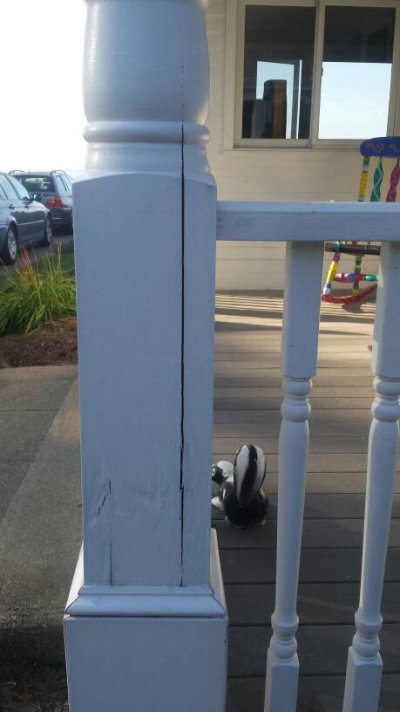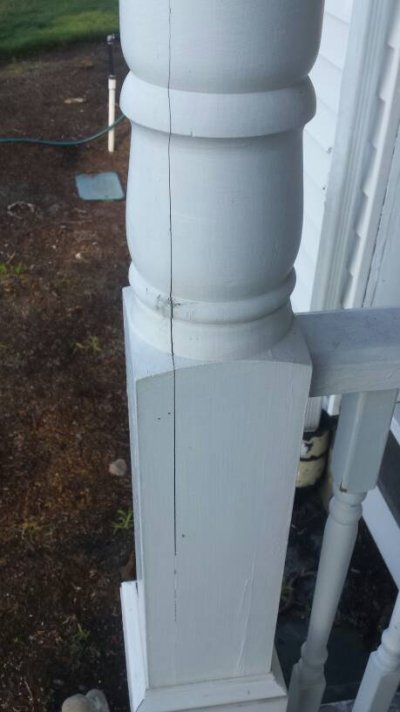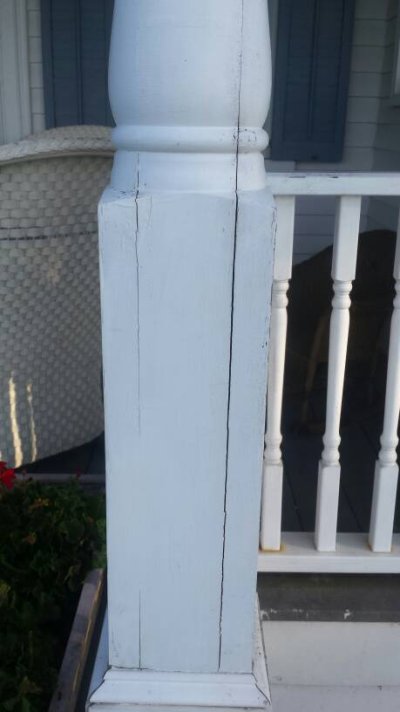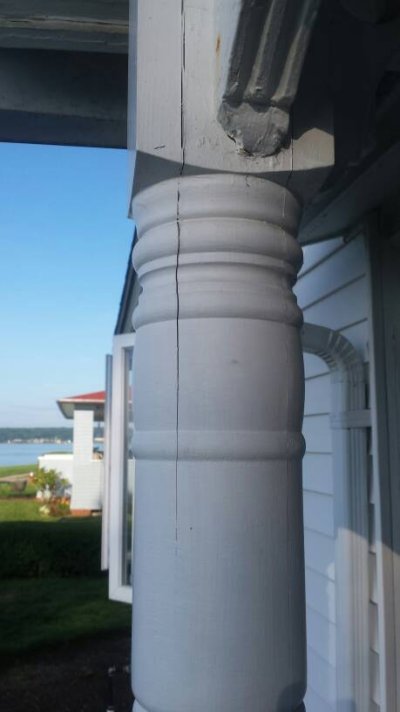mike66
Guru
Okay all you wood experts out there. This is a non-boating question, although my house is on the oceanfront. Some of our turned porch columns are splitting vertically. Since we're in RI, they are subject to the freeze/thaw cycle. I wiil add a photo when I get home, but the splits are fairly wide ?1/8". I'm thinking of filling them with epoxy by taping up the sides and filling from the top with a thin, flexible epoxy. Is this the right approach or is there a better way?
Replacement would be very expensive. Thanks for any help or opinions.
Replacement would be very expensive. Thanks for any help or opinions.




